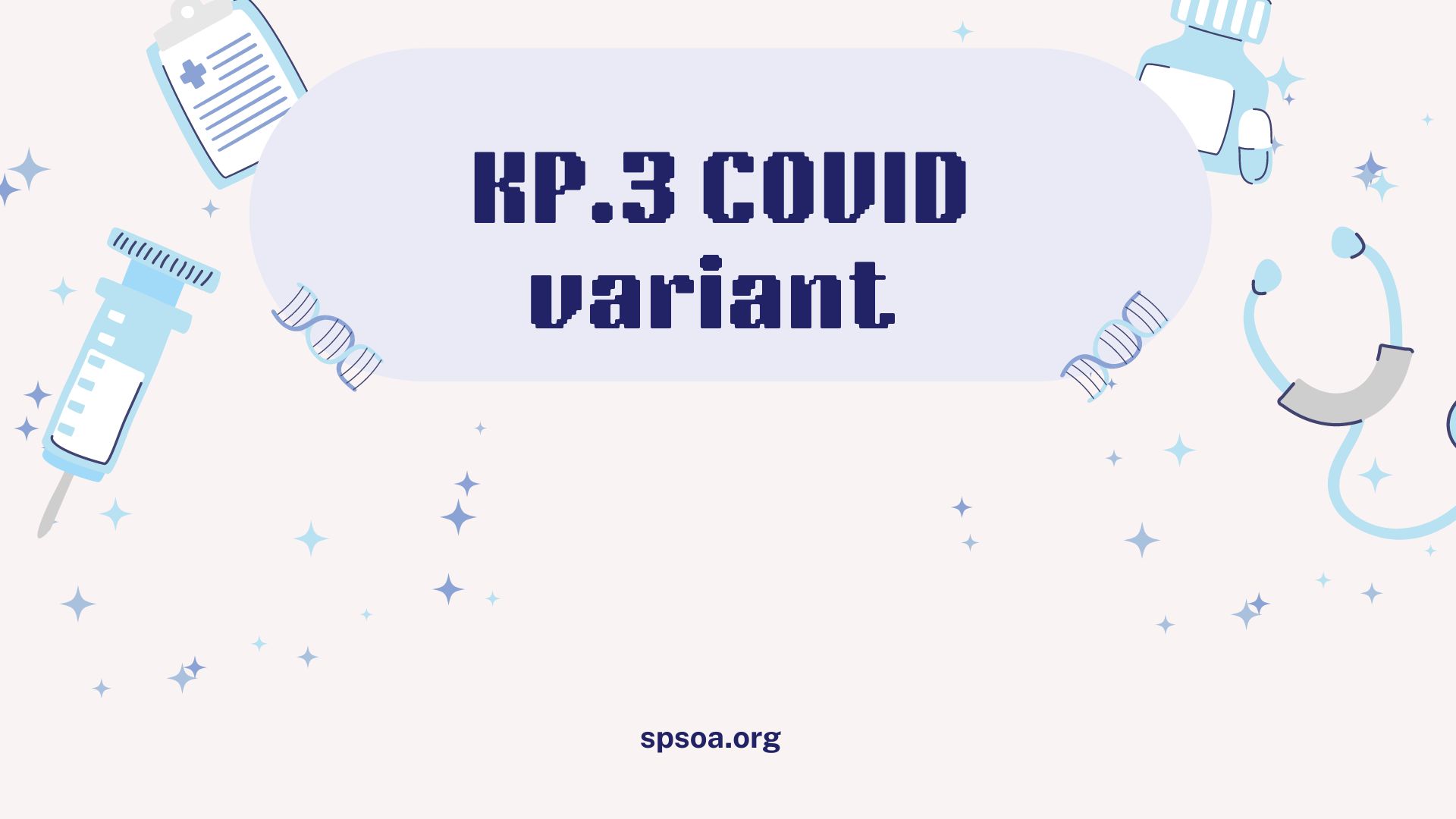The new “FLiRT” COVID-19 variations, including KP.2 and the now-dominant KP.3, are rising in the United States. Experts address symptoms, transmission, and vaccinations.

A novel FLiRT COVID-19 variant known as KP.3 is now the dominant strain in the United States, accounting for roughly one-third of all cases. KP.3 is a family of highly contagious variations causing an increasing number of infections, raising concerns about a summer wave. The FLiRT strains, which include KP.3, KP.2, and KP.1.1, are the most recent spinoffs of omicron to achieve dominance. According to data from the United States Centers for Disease Control and Prevention, they accounted for roughly two-thirds of COVID-19 cases as of June 21.
These novel varieties, called “FLiRT” due to the sites of their spike protein mutations, have been circulating in the United States since early spring. In April, KP.2 soon surpassed JN.1, the omicron subvariant that caused an increase in COVID cases this winter. In weeks, KP.3 superseded KP.2 as the most common strain. During the two weeks ending on June 22, KP.3 accounted for an estimated 33% of cases in the United States, up from less than 10% in May. Following KP.3, the following most prevalent variant is KP.2, which accounts for approximately 21% of instances, followed by LB.1, a JN.1 subvariant, and KP.1.1, which accounts for 17% and 9%, respectively.FLiRT variations account for an estimated 62% of cases.
What is KP.3?
KP.3 is one of three FLiRT variations derived from JN.1.11.1, a direct descendent of JN.1. The other two are KP.2 and KP.1.1. They were first identified in wastewater samples nationwide. “KP.3 is a new pmicron subvariant, which, along with its sister variant KP.2, has emerged in the past month and is now causing the majority of COVID-19 infections,” Dr. Albert Ko, infectious disease physician and professor of public health, epidemiology, and medicine at Yale School of Public Health, tells TODAY.com. KP.3 and the other FLiRT variations have additional mutations that distinguish them from JN.1 and appear to provide an advantage over earlier variants, according to Ko.
Is KP.3 more transmittable?
“It’s still early days, but the initial impression is that this variant is rather transmissible,” Dr. William Schaffner, professor of infectious diseases at Vanderbilt University Medical Center, told TODAY.com. According to specialists, the number of instances caused by KP.3 is increasing, whereas the proportion caused by other variants is decreasing, implying that FLiRT variants have advantages. “The (FLiRT) mutations appear to make the KP.3 variant more transmissible than JN.1,” according to Ko. “But I think the good news is that there’s no evidence showing that it’s more virulent or causing more hospitalizations or deaths,” Ko says.
What are the symptoms of KP.3?
It is too early to say whether the symptoms of KP.3, KP.2, and other FLiRT variations differ from previous strains.”The FLiRT mutations are unlikely to produce particularly unique symptoms.”It appears to be following the other subvariants right now,” Schaffner says. The symptoms of the FLiRT variations are comparable to those caused by JN.1. These include:
- Symptoms include sore throat and cough.
- Fatigue and congestion
- Runny nose.
- Headache
- Muscles ache
- Fever or chills
- New loss of taste or scent.
- Shortness of breath or trouble breathing.
- Nausea or vomiting.
- Diarrhea
According to the CDC, the type and intensity of a person’s symptoms are determined mainly by their overall health and immunity rather than the variation that caused the infection.